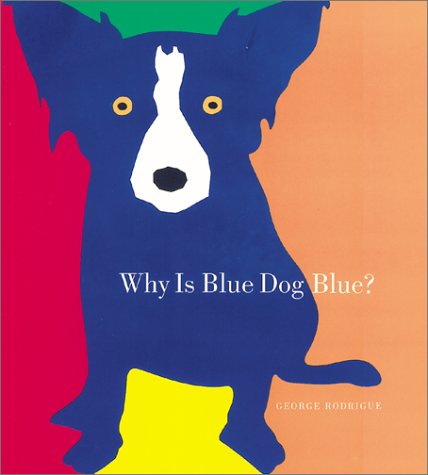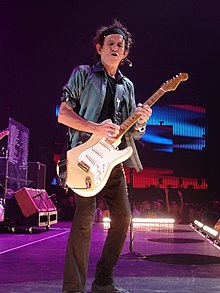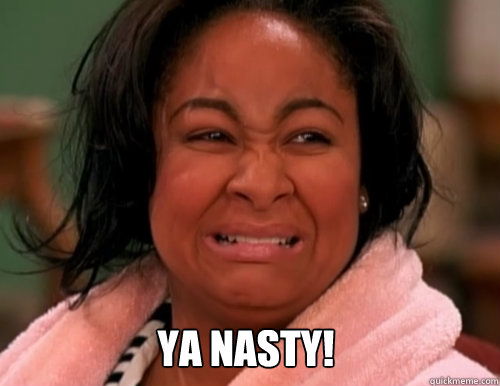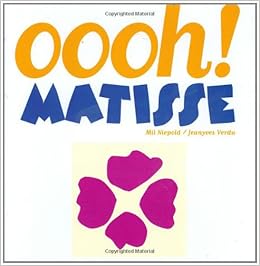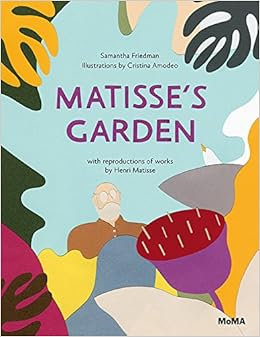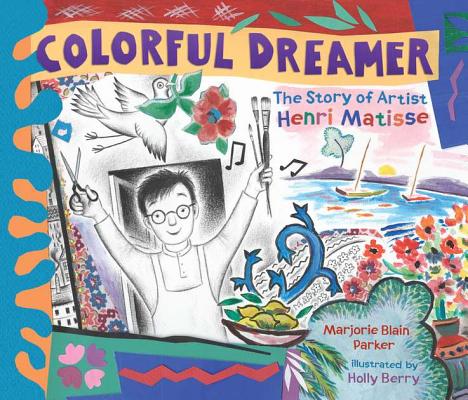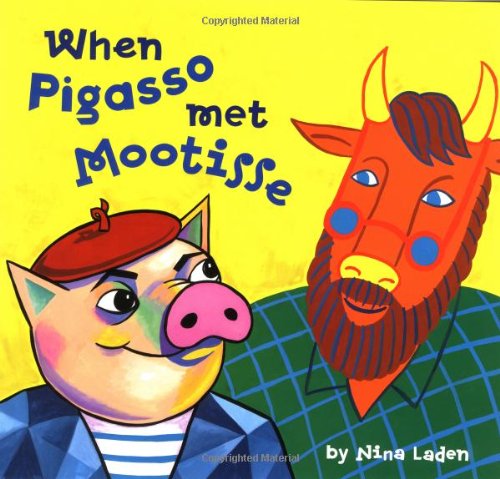Art Heroes

In my second week with working with Miss Sarah on our Art Hero series, we decided to do an art story time over the artist George Rodrigue.

You cannot talk about George Rodrigue without reading his book, but before we read his book we opened with an artist the kids were more familiar with.
Ms. Sarah opened by reading the book,
The Artist Who Painted A Blue Horse by Eric Carle.
The kids really enjoyed this book. I think it was something that they are used to, and it was a great way to show that many artists use nontraditional colors to paint ordinary things.
After Ms. Sarah finished reading this book, we asked the kids why they thought Eric Carle painted his horse blue. The kids didn't really have a response to this, but it was a great transition to read George Rodrigue's book.
I can't tell you how much I enjoyed this book. It's interactive and introduces to kids to many different colors that they aren't typically used to hearing. It was perfect for our group.
Of course after we finished the book, we had to include a clip of Mr. Rodrigue at work.
Ms. Sarah also made an amazing connection! She asked the kids if they could think of another animal that was blue and was really popular. Can you think of one?
No peeking

It might be a cat.
A blue cat.
Of course it is the very cool Pete the Cat!

I think this really hit home that art can be anything & what makes art yours is by making it anything you want.
We ended the program by inviting the kids to look at some of the artwork of George Rodrigue, and then we had the kids paint their very own dog.

You can access this great at activity from George Rodrigue website.
For our activity we just had the kids use paint to practice mixing colors & shades.
I enjoyed watching the kids try to make the dog different colors, and trying to remember what mixes what to make a certain color.
One of our regulars came the first week and said he was not a good artist. but by the time he started painting his dog he told his grandma that was a great artist. I love how much art and stories can have an impact on people.
Until next time,
Pamela


